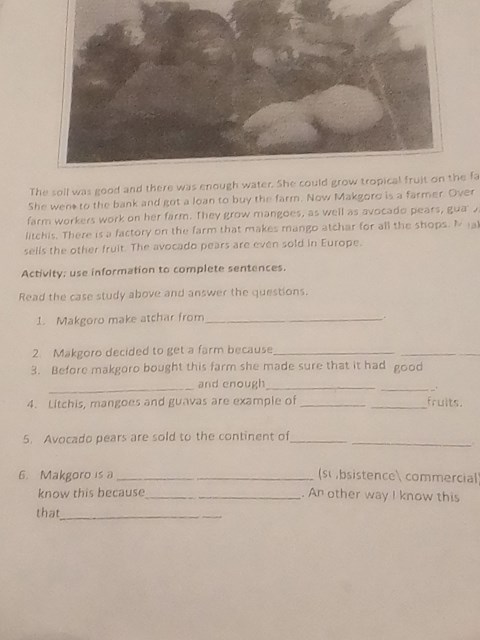#general-knowledge
General knowledge - questions and answers. If you have a question about this topic, please click on the "New Question" button. If you wouldn't like to miss any new question in this topic, please subscribe.
Questions
Anonymous
18 hours ago
Anonymous
18 hours ago

Mandla Mthethwa
1 day ago
Anonymous
1 day ago

Gatriay duop dieng
2 days ago

Stella compeo
4 days ago

Mercy Mwakasege
6 days ago
Anonymous
6 days ago
Anonymous
more than 1 week ago
Anonymous
more than 1 week ago
Anonymous
more than 1 week ago

Sanggwas
more than 1 week ago
Anonymous
more than 1 week ago
Anonymous
more than 1 week ago

Musa Abdullahi
more than 1 week ago

Musa Abdullahi
more than 1 week ago
Anonymous
more than 1 week ago
